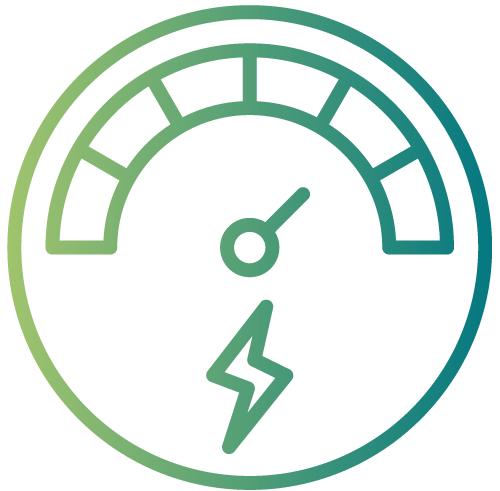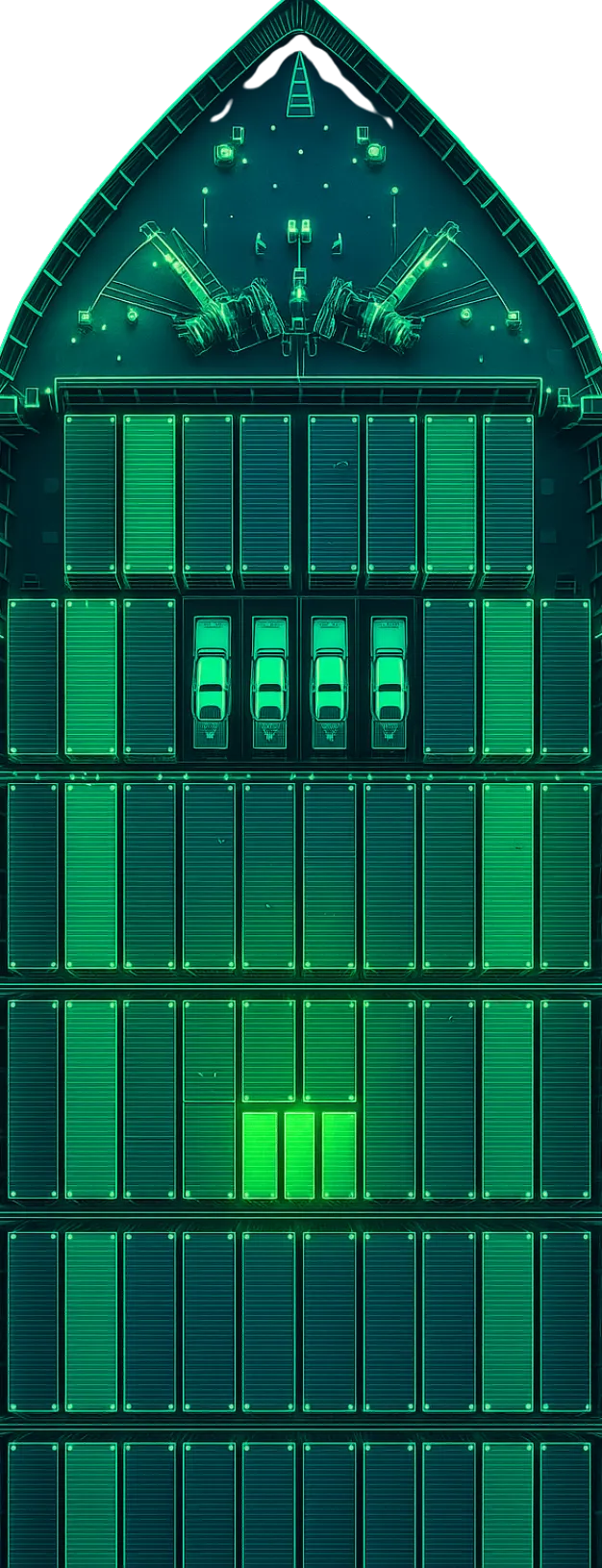
LoRaWAN Features
- Ensures signal range up to 3 miles, depending on factors impacting line of sight, obstructions, materials the signal must pass through.
- We offer various LoRaWAN options including stickers or tags to meet your use case requirements.
- Temperature range varies depending on modality however common temperature use ranges from –40 to 185 degrees F.
When Should You Consider Using LoRaWAN for tracking assets?
When you need stationary asset monitoring (Examples: warehouse, yard, or port with specific geofence parameters).

When environmental monitoring such as temperature, humidity, shock, or light is required

When you need to know the arrival and departure of assets within a monitored area.

When you need to track assets that do not move frequently in outdoor locations across vast expanses of land or properties, LoRa gateways can be installed to provide coverage.

When you need indoor location visibility that does not require precise location.

When you need to support high volume of sensors per gateway.

When Should You Consider Using Other IoT Tracking Options?

When tracking assets from location to location around the globe. LoRaWAN requires a gateway infrastructure so in the case of transporting via air or cargo ships, GPS maybe a better option.
What is LoRaWAN?
LoRaWAN is an acronym for Long Range Wide Area Network. It was developed by Cycleo, a French company, as a protocol for ultra long range, low power machine to machine communication. In 2012, Semtech, a U.S.-based fabless semiconductor company, acquired Cycleo and the IP. Semtech commercialized a set of chips around the protocol. Though LoRaWAN technically is not a true global standard as it operates in different bands in different regions of the world, the general characteristics of the protocol remain true throughout the world.
The low-power, wide-area networking protocol was designed specifically for Internet of Things (IoT) applications that require long-range communication, extended battery life, and secure data transmission.
How Does LoRaWAN Work?
LoRaWAN functions by allowing low-power devices to send small data packets over long distances to gateways, which then forward the information into cloud applications for monitoring and decision-making. This architecture ensures that even if individual sensors are in remote corners of your facility or across challenging terrain, they maintain reliable connectivity to your central monitoring systems.
LoRa (Long Range) is the physical radio layer that modulates signals to achieve long-distance communication (up to10–15 km in rural areas, 2–5 km in urban areas).

LoRaWAN is the network protocol that sits on top of LoRa. It defines how devices(sensors, tags) talk to gateways and servers, including security, addressing, and data handling.
Implementation Requirements
LoRaWAN combines these layers and uses a star-of-stars topology, a network design where each of the devices connects to a central point (hub). Each LoRaWAN implementation requires several components:
Sensors equipped with LoRa radios that monitor temperature and/or location. The sensors send small packets of data including location, battery status, or environmental readings to the gateway(s).

Gateways pick up the LoRa signals from many sensors and forward them (via Wi-Fi, Ethernet, or cellular) to the network server. Gateways act like a bridge enabling the data to pass through to the server.
Network Server manages the network and filters duplicate messages, handles security, and decides where messages should go.
Application Server is where the data is delivered and visualized.
Frequently Asked Questions about LoRaWAN
Contact UsNo. LoRaWAN operates in globally recognized ISM bands (Industrial, Scientific, and Medical) but they have different frequency ranges based on geographic region. The lower in the spectrum a protocol operates, the longer the range.
The longest range ever recorded for a LoRaWAN signal is 830 miles (1,336 kilometers). That signal was recorded in July 2023 off the Portuguese coast using a combination of locations between a fishing boat known as Estrela de Sesimbra and its associated buoys.
LoRaWAN's built-in encryption and authentication protocols provide the security foundation necessary for tracking sensitive assets. The technology supports AES-128 encryption at both the network and application layers, ensuring that your asset location data remains secure throughout transmission and storage.
Usually to get more range, more power is required. LoRa was designed to consume very low power and as result. However, battery life is dependent on not only the power consumption but also the data transmission frequency, payload size (the larger the data packet, the more power is required to transmit), distance to the LoRa gateway and also the battery design itself. Based on these factors, batteries can last anywhere from 1-10 years. Contact us for an analysis of your use case to provide you with an accurate battery life assessment.


